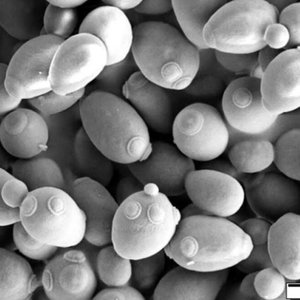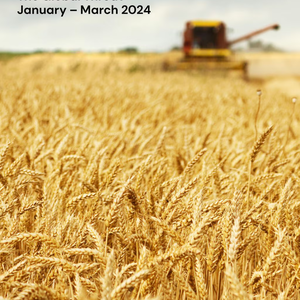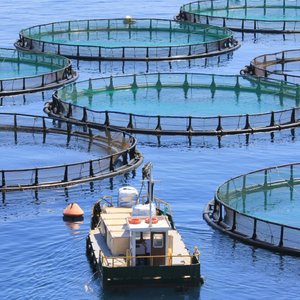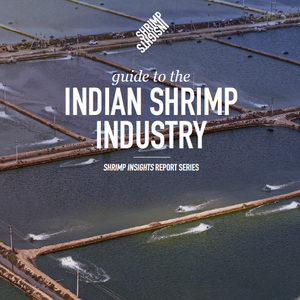Faced with a very demanding market in 2005 as reflected by the spectacular fishmeal
shipments to
Although surrounded by very strong commodity prices, particularly petroleum, a major cost item for both fishing and processing, producers were able to keep the market reasonably stable in a rather firm environment, The challenges faced in 2005 are once more associated with fishing.
Fishing and Production
The year 2004 had witnessed a remarkable recovery when fish landings of the five major producers reached 16.2 million tonnes, +4.2 million tonnes over the low year 2003. Although slightly better than our forecast last May, the current year 2005 is expected to end up at around 14.1 million tonnes, a 13% decline from 2004 and 10% below the 10 year average (15.7 million tonnes).
Fishmeal production is therefore expected to reach 3.1 million tonnes of which 57% will originate in Peru (1.8 million tonne versus 1.98 million tonnes in 2004), nearly 25% in Chile at 774 TT versus 933 TT in 2004, and 18% in the 3 Scandinavian countries of Denmark, Iceland and Norway at 556 TT compared with 678 TT in 2004.
As the new season started on November 2, fishing in
In
recognised by the international community last September. The annual catch objective is met in a full sustainable way which lends credibility to our 2005 estimate. In
In
The Fishmeal Market
This year’s world market was dominated more than ever by the impressive demand from
This is up one third over the previous year. The share of IFFO members in this trade is
expected to reach 1.34 million tonnes, 85% of the total. Otherwise, our traditional markets remain very healthy. Exports to
In Peru, the 2005 export program is expected to reach 1.99 million tonnes, i.e. about 200 TT over the production on account of large export programs held in Peru during January (222 TT) which actually, were based on December 2004 production.
In
Fishmeal Outlook 2006
For 2006, the catch outlook remains more or less in line with the trends developed in the
past two years: at 13.6 million tonnes, total IFFO-5 landings are expected to decline further by 4%, i.e. about half a million tonnes below the previous year.
Landings in
In Chile 2006 landings are also more or less in line with the previous year at 3.5 million tonnes only 80 TT over 2005.
In Scandinavia, the next year will probably not witness a recovery of the resource and landings are expected to reach only 2.55 million tonnes of which 39% from
With expected exports estimated at 2.7 million tonnes (11% below the previous year), largely on account of production shortfall rather than lack of demand, and with domestic consumption estimated at 775 TT, stocks at end 2006 are expected to remain low at about 340 TT, down from an estimated 477 TT at end 2005 and more or less in the range of the tightest periods.
Fishoil Market and Outlook
The fish oil outlook is in line with the fishing conditions. IFFO-5 production estimate of 598 TT in 2005 will be 7% lower than in 2004 (644 TT). Exports have been estimated at 450 TT about unchanged from the previous year.
For the year 2006, we foresee a further decline of the production at 526 TT (-12%) which will naturally impact on exports, estimated at 338 TT, on account of the impossibility to draw on physical stocks which are, and will remain, low.
Conclusion
Although the current fishing conditions in Peru may give the impression of a fishmeal build up, it is clear to all operators that the fundamentals of both fishmeal and fish oil markets will continue to be driven by relatively short supply. The producers are convinced that, through appropriate management of their resource and continuous quality efforts, they will meet customers’ expectations in this ever-changing market. Such approach can only reflect in a good and healthy market for all the partners of the value chain. They are committed to defend the sustainability of their industry based on fishing methods recognized by the scientific community.










